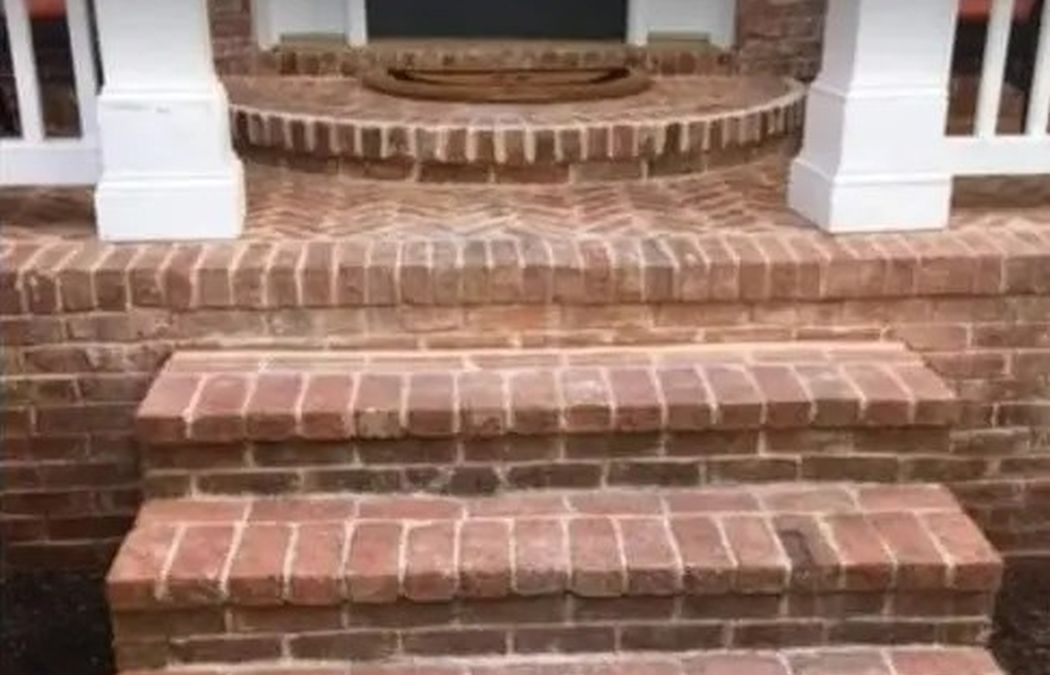
As the sun blazes down on Alpharetta, GA, and summer temperatures soar, many homeowners may not realize that the intense heat can wreak havoc on their brick steps. These concrete and brick structures are not only essential for accessibility but also contribute to the overall aesthetic appeal of your property. Unfortunately, the summertime heat can … Read more

No matter where you go in your city, you are guaranteed to encounter damaged or sinking concrete at some point. You may even have surfaces that are in need of repair on your own property. Over time, concrete can sink or settle for a range of reasons. However, one of the most common causes is … Read more

When you buy a property adjacent to a river, pond or lake, you may need to protect your property. Water is one of the most destructive forces on Earth when left unchecked. Wave surges can reach your landscape and property, causing flooding and potential damage. Water that infiltrates the soil below foundations can compromise buildings. … Read more

As winter begins to subside and hints of warmer weather to come are more frequent, most homeowners’ minds turn to the outdoor spring-cleaning projects they want to tackle. While your to-do list may be long and filled with aesthetic-value upgrades, it’s important to make sure concrete leveling projects move to the front of the line. … Read more

Sinking concrete steps outside your home is more common than you think. You may see them tilting to one side, settling lower so the top step is too far from the deck or pulling away from the home. It may also worry you that something is wrong with other areas of your home. Thankfully, many … Read more

Lakeshore properties are an attractive proposition for homeowners. Swimming, skiing, boating and fishing are just some of the activities you can enjoy. In many cases, the shoreline will reach the edge of your property. In these instances, a lake wall is installed to prevent erosion, flooding and damage. These structures are constructed from wood, concrete, … Read more

Soil destabilization is not always obvious on the surface. There are various factors that can cause issues with your soil, which in turn can result in sagging concrete surfaces. It is important to address these issues, especially coming into winter when weather worsens. When concrete sags, the durability of the material is compromised. You will … Read more

Concrete is widely used because it is one of the world’s most durable building materials. However, like all things, it can deteriorate over time. Minor cracks and sags can cause tripping hazards and jeopardize your property’s structural integrity. However, fixing minor problems as they arise is essential if you want your concrete to last as … Read more

For many decades, mudjacking was the preferred option for leveling concrete without the need for replacement. It has been used for over 75 years and does provide an excellent alternative to tearing up and replacing unlevel walkways, driveways, patios and other concrete slabs. But like most inventions, there is always something better that comes along. … Read more

When unused sewer lines, culverts and underground tanks get older, they lose stability and become safety and environmental concerns. Such underground structures create voids that can cause soil destabilization, sinkholes and water intrusion. These hazards to the public need to be dealt with in both a timely and environmentally sound manner before someone gets hurt. … Read more

























